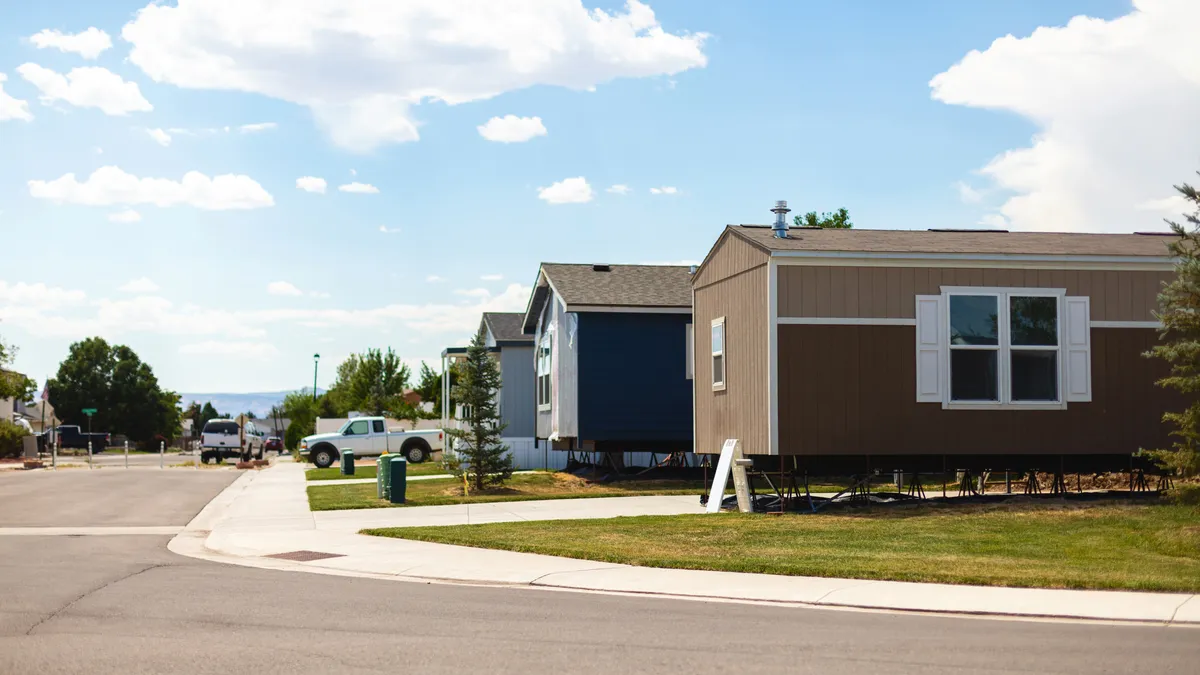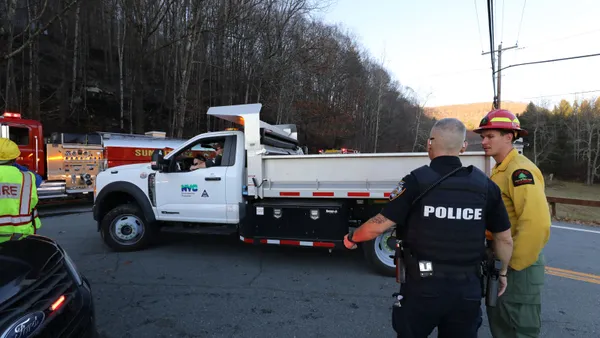Dive Brief:
- Atlanta Mayor Keisha Lance Bottoms released a comprehensive affordable housing plan, One Atlanta Housing Affordability Action Plan.
- The plan includes 13 initiatives and 45 action items to achieve four goals:
- Create or preserve 20,000 affordable homes by 2025 and increase overall supply.
- Invest $1 billion from a variety of sources in affordable housing creation and preservation.
- Ensure equitable growth and minimize displacement.
- Support innovation and streamline processes.
- Some of the strategies include revising the zoning code to make it easier and cheaper to build or preserve housing; incentivizing affordable housing near transit; exploring a vacant or underutilized property tax or fine; expanding energy efficiency and home rehabilitation programs; requiring community retention plans for at-risk neighborhoods; and establishing a housing innovation lab.
Dive Insight:
Since 2000, Atlanta's population has grown 17% to 486,000 people, making it one of the fastest growing cities in the United States. But wages are not keeping up with rising rents, especially for longtime residents. From 2000 to 2017, Atlanta's median income increased 46% while median rents increased 70%.
Atlanta's housing development slowed after the recession in 2008 but has since returned to nearly pre-recession levels. However, much of the new construction caters to luxury, high-income renters. The plan says Atlanta's housing supply needs to keep pace with the demand of low and middle-income residents.
That's especially true to curb displacement of longtime residents. The city's new residents tend to have higher incomes and can more easily afford luxury units, but longtime residents haven't experienced wage growth to the same extent and are getting priced out of their neighborhoods. In addition, disparities are worsening across neighborhoods. Low-income citizens and communities of color are putting larger portions of their income toward housing.
Bottoms has acknowledged in the past that Atlanta's housing crisis is different from some other cities' because it still has land to develop. Boston, New York and San Francisco represent cities experiencing housing affordability issues but they don't have much — if any — vacant land to develop; growth in these cities tends to come from redeveloping a site and building a larger structure on it with more capacity. One of the strategies addresses this by suggesting the city leverage underutilized public land for housing.
The new plan says the city needs to create and preserve more affordable housing if it wants to continue to be a destination for business and development. On the other hand, the housing crunch didn't happen overnight —it grew over multiple decades because of a variety of factors — and will take time to solve.











